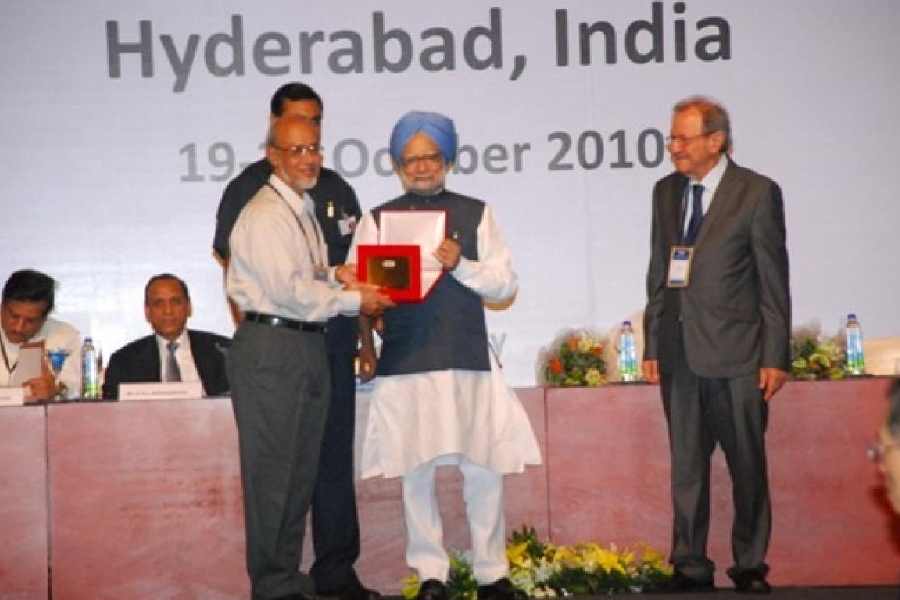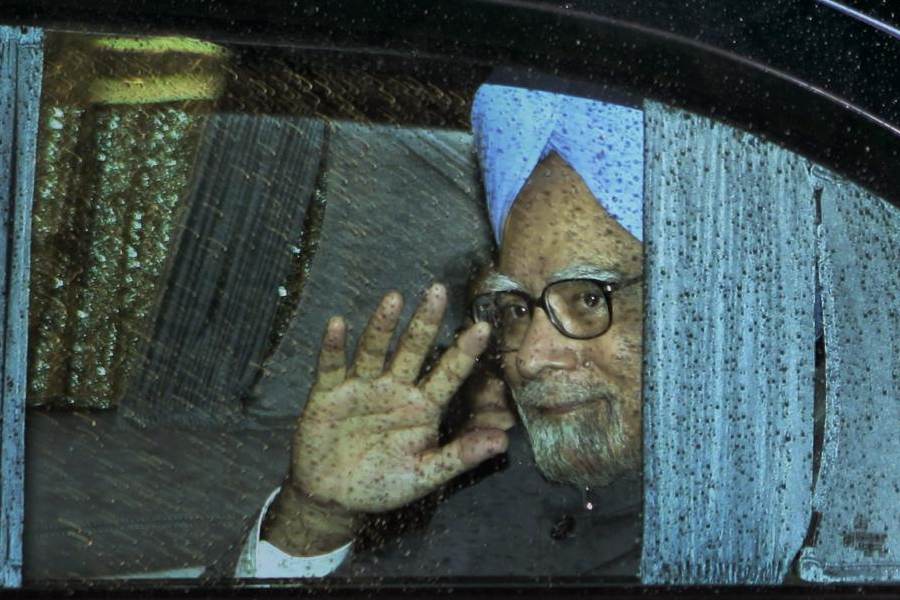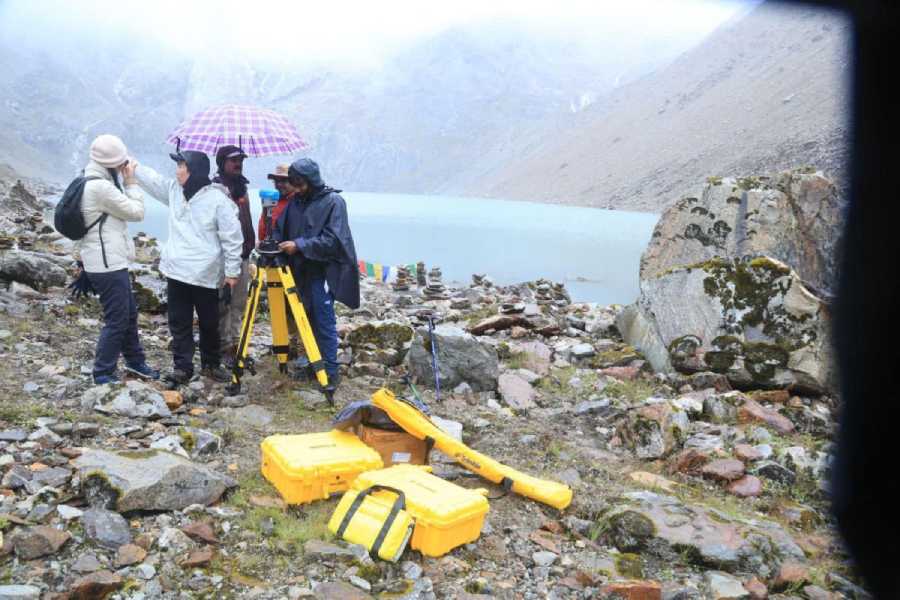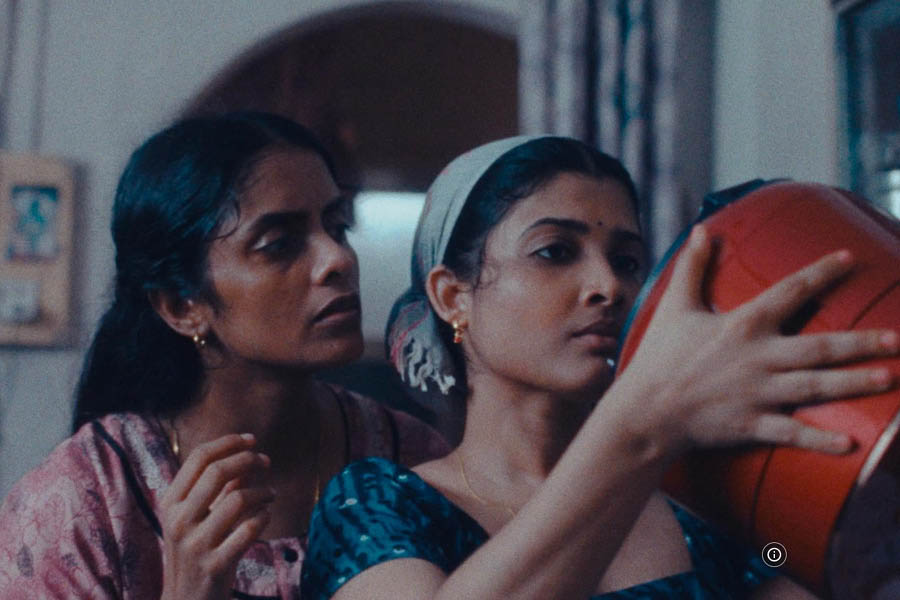First, there is the good news. Data collated from the All India Survey on Higher Education have shown that women are entering the fields of medicine in large numbers. Then comes the bad news. Despite their rise in numbers, women medical professionals, more often than not, have to make do without even rudimentary facilities as well as safe spaces. The latter aspect is particularly important in light of the rape and murder of a young woman doctor at the R.G. Kar Medical College and Hospital that have led to massive protests in Calcutta. The numbers, however, are indicative of women taking giant strides in medicine despite the obstacles. For every 100 men enrolled in India’s medical colleges in 2020-21, there were an equal number of women; the corresponding figure for women for 100 men in 2011-12 was 88. Moreover, women are not restricting themselves to ‘women-centric’ disciplines such as gynaecology, microbiology or paediatrics. The proverbial glass ceiling has been shattered with women entering traditional male turfs such as cardiology, oncology and neurology. In 2012-13, there were just 7 women as opposed to 312 men in cardiology; the figure rose to 78 women against 220 men in 2020-21. The greater presence of women physicians in these fields is likely to lead to a medical culture that is more receptive and empathetic to the needs of women patients.
But numbers often tell half the tale. The institutional and the cultural transformations that must accompany the rise in the number of women in medicine have, quite tellingly, been absent thus far. There is evidence to suggest that medical colleges across the nation lack even basic facilities such as duty rooms with latches for women; the number of hostels is well below what is required. The horror at the R.G. Kar Medical College and Hospital had laid bare the paucity of amenities that women medical professionals have to put up with. Then, there are the cultural obstacles. Societal pressure pertaining to domesticity — marriage and children — often prevents women from fulfilling their professional potential. Gender bias and discrimination are rampant in medicine, with patients often unfavourably disposed towards women practitioners. Administrative bodies remain packed with men. Women have crossed serious hurdles to make their presence felt in medicine. It is now the turn of the State and society to harness their potential by removing the institutional and the cultural barriers on their path.











